Some of us are here to savor a good drink (with some understanding of its intricacies), while others of us are here to do some serious thinking about our drink of choice. Mezcal in Oaxaca: A Craft Spirit for the Global Marketplace offers fodder for both camps. Dr. Ronda L. Brulotte covers the basics of mezcal history and tells stories of notable producers, while at the same time casting a sharp eye on exploitation and pretension, both in the industry and in the culture of mezcal aficionados.
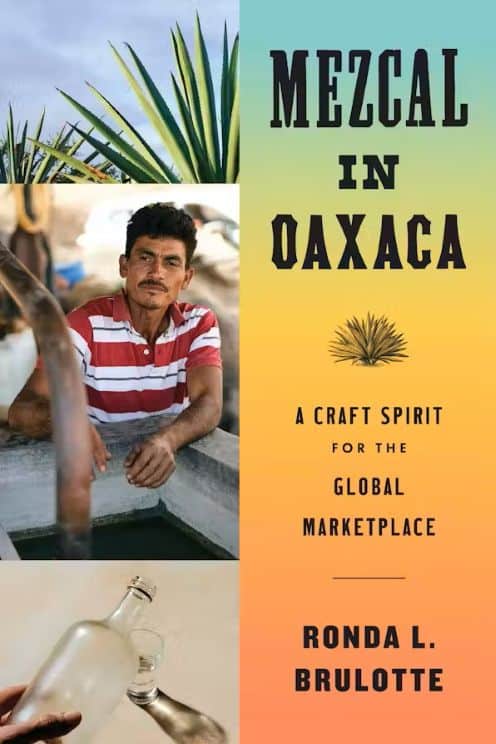
When we talk about mezcal, complexity is a word that comes up a lot. We use it to discuss flavor profiles, but also when addressing the vast web of botany, ecology, economy, design, culture, and bureaucracy that’s the backstory to any bottle of mezcal. From the get-go, Brulotte addresses this anthropological complexity by setting the tone of her book with an introduction titled “Mezcal is good to think with.”
Although Mexican botanists and social scientists have created a significant and interesting body of work relating to agave spirits, the selection of English-language academic articles and books on the topic are extremely rare. In short, this book is a big deal. If you are a fan of Sarah Bowen or Sarita Gaytan, you will likely love Mezcal in Oaxaca.
Brulotte is an interdisciplinary scholar who has spent much of her career studying Oaxaca and has been researching this book since 2011–which gave her the unique opportunity to study the “mezcal boom” from its inception. During that time, she observed and participated in all aspects of mezcal production and spent two full years doing field research in Oaxaca, in addition to many other shorter trips. So it’s no surprise that this book is rich in facts and descriptive detail. What is surprising is that it’s not 900 pages long.
As a writer and a long-time student of Mexican culture, I found Mezcal in Oaxaca a joy to read. It is so rare to discover an academic who has a talent for descriptive writing and the courage to make both her discipline and the subject so accessible and engaging. Brulotte writes as an anthropologist, but also as a person who isn’t afraid to retell a pertinent conversation she had over a drink with friends.
She has managed to condense a tremendous quantity of information into a relatively slim volume while maintaining a sprightly pace. There’s plenty here for the nerds, but this book has much to offer to readers who just want to learn more about their favorite liquor–or Mexico in general. Her sharp analysis of tourism-led development and gender as marketing is interspersed with enjoyable and telling anecdotes, including compelling stories about producers and entrepreneurs–including Reyna Sanchez, Edgar and Elisandro González, and Ron Cooper.
The book includes a brief history of mezcal in the colonial era, a look at the evolution of the definition of mezcal and the attendant bureaucracy’s influence on mezcaleros, a sly analysis of mezcal as a social marker, a discourse on mezcal tourism, and a chapter that addresses the common theme of mezcal as a driver of rural economic development.
At times, Brulotte’s analysis is searing. If you don’t want to contemplate why you value “authenticity,” this is likely not the book for you. She pokes holes in our concepts of tradition and questions the very idea of “taste.” Her wit is dry, and her degree of objectivity may be discomfiting to readers who have thoroughly bought into the narrative of mezcal as a transcendent craft product.
That said, Mezcal in Oaxaca intersperses serious questions with storytelling that gives the reader a sense of the author’s voyage. Brulotte views both Oaxaca and mezcal consumers through an anthropological lens, but the book never feels impersonal or cold. We sense the joy she’s garnered from her experiences, and a compassion that feels all the more remarkable for the objectivity of her analysis. To whit: “Meanwhile, Oaxacans are working to shape their economic destiny in a constantly shifting landscape in which they (like the mezcal they make) have been alternately disparaged and idealized. There is a cruel irony in watching something that was once stigmatized by the upper echelons of society later be popularized and monetized by the same people.”
Buy the book here.

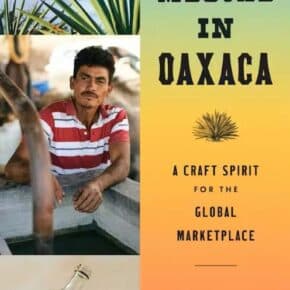
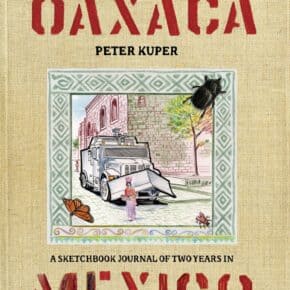

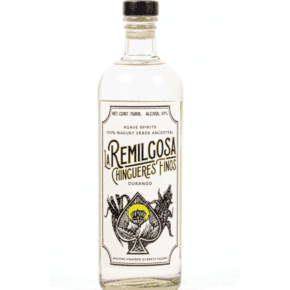




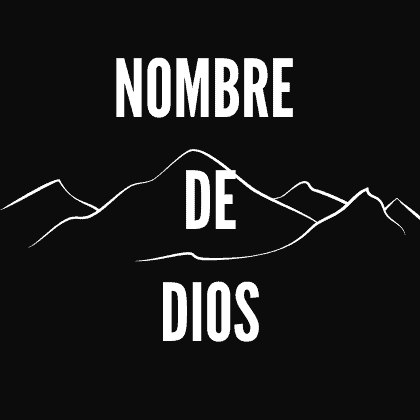



Leave a Comment